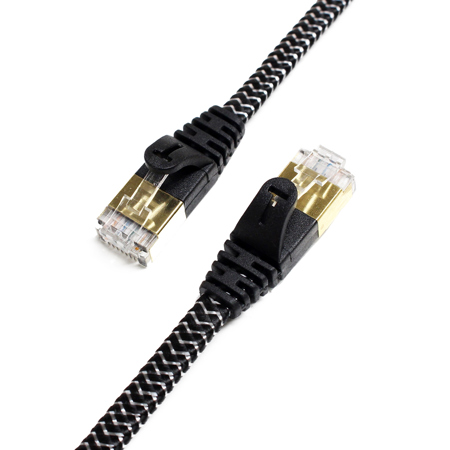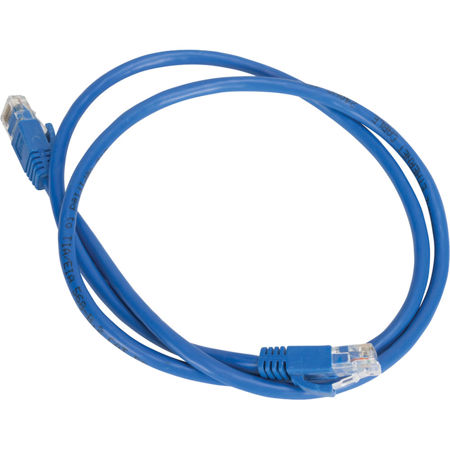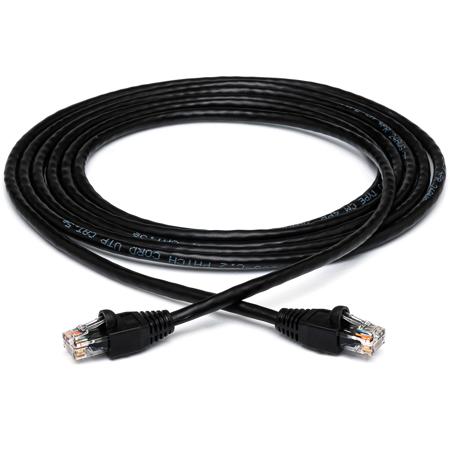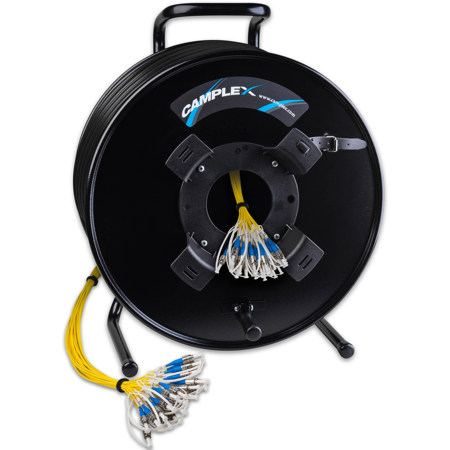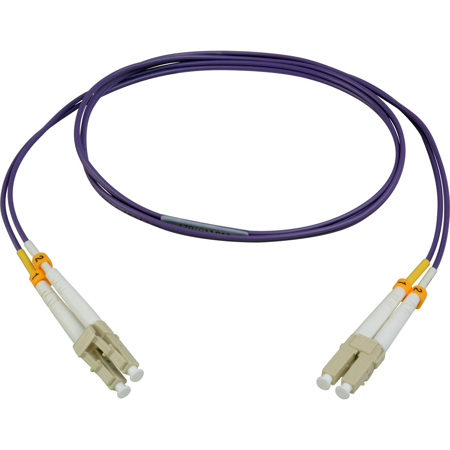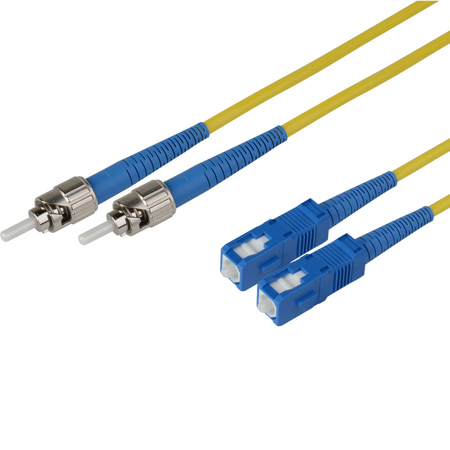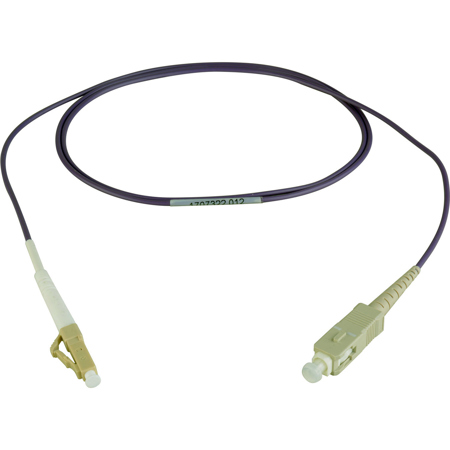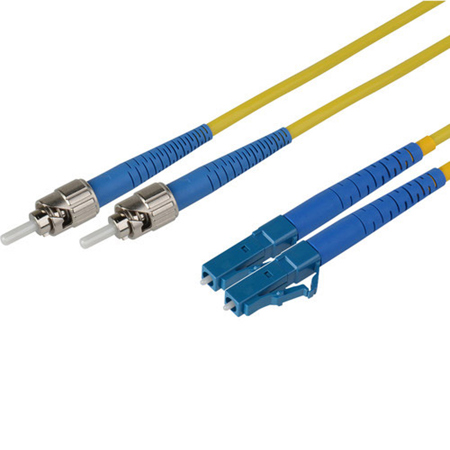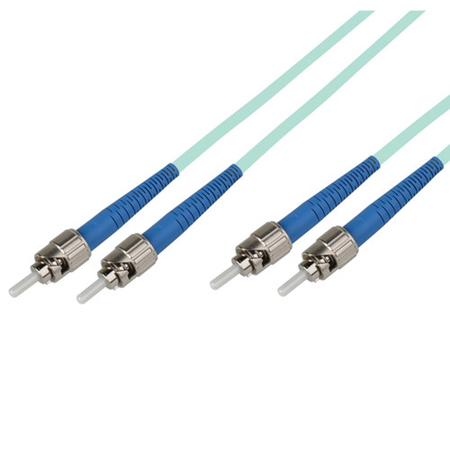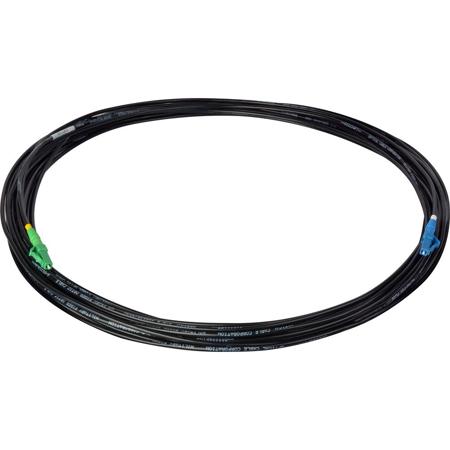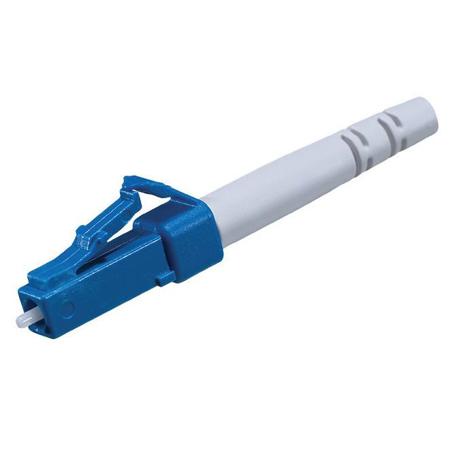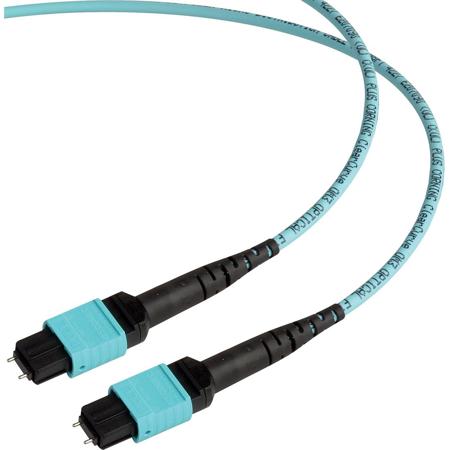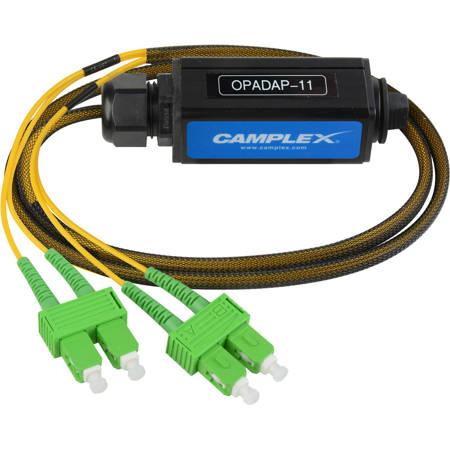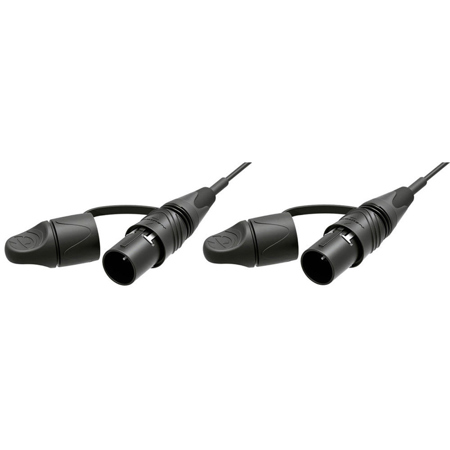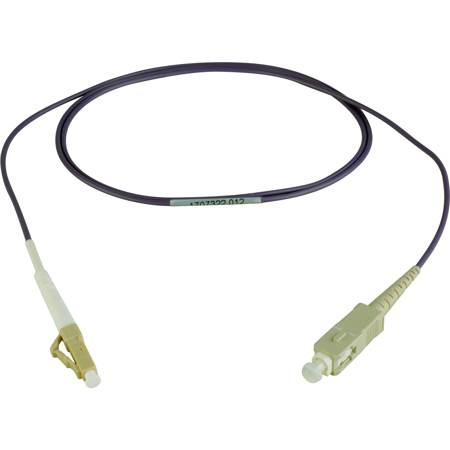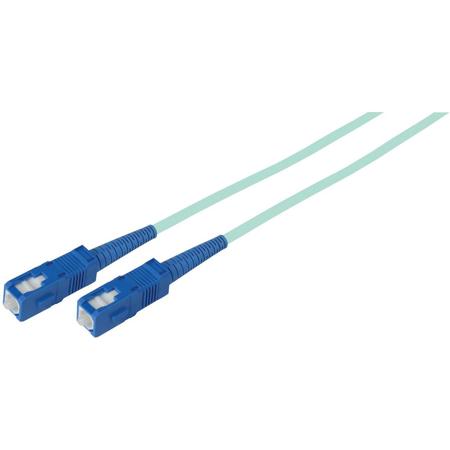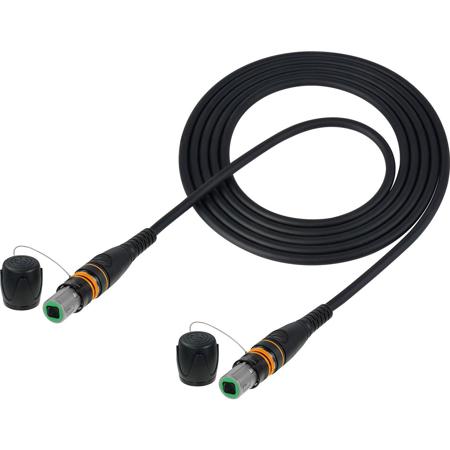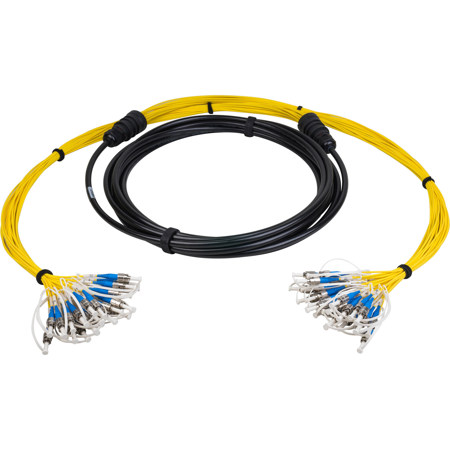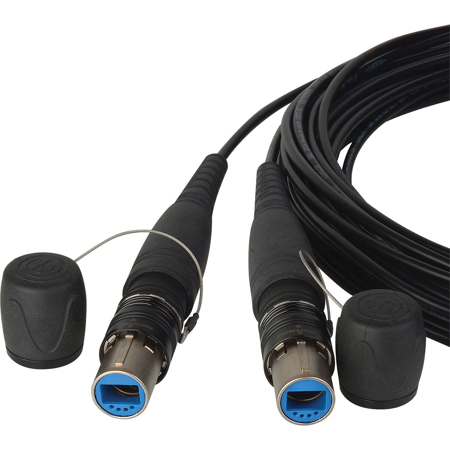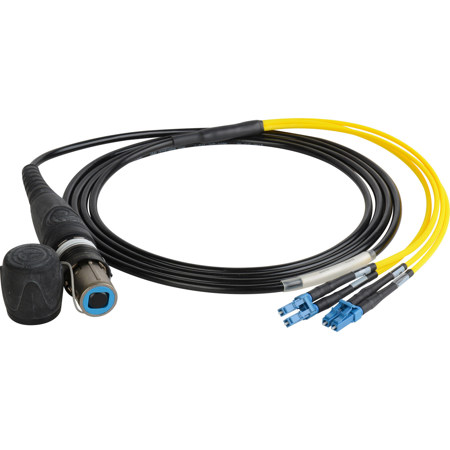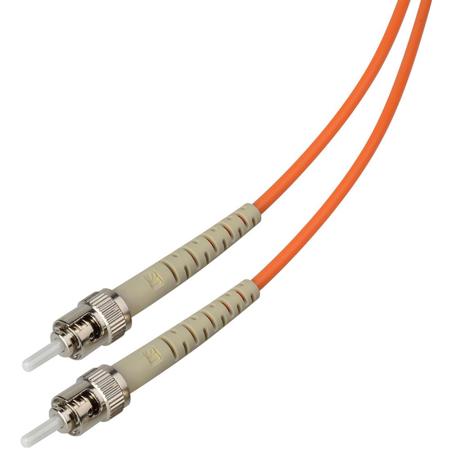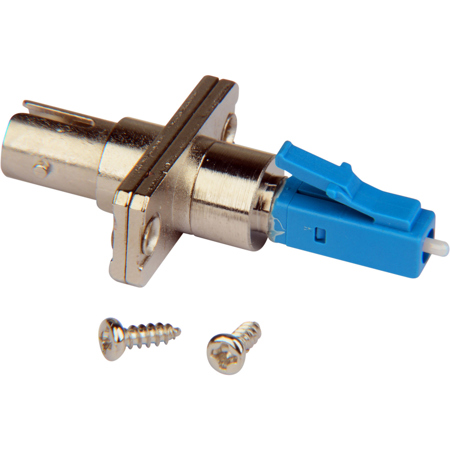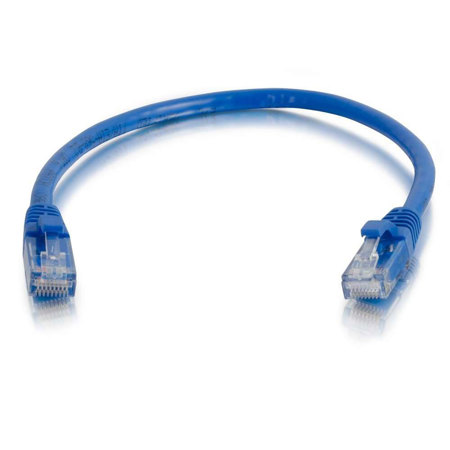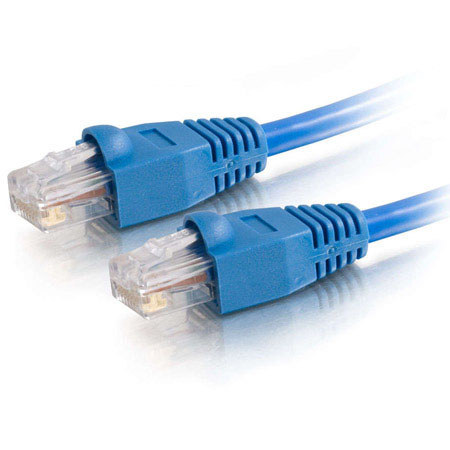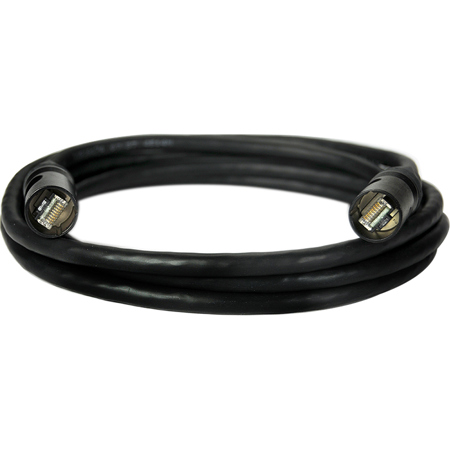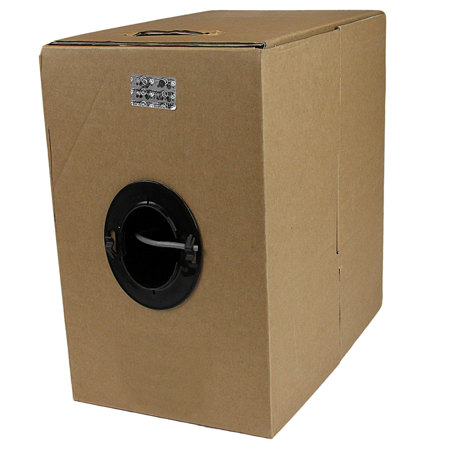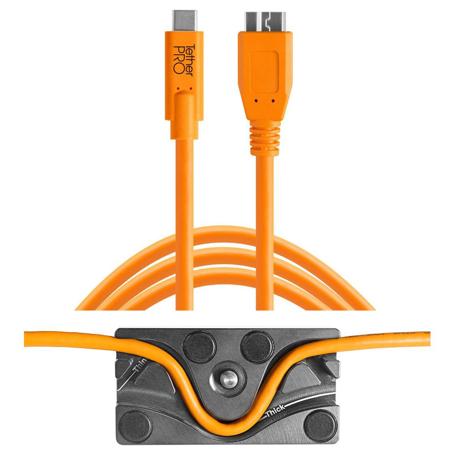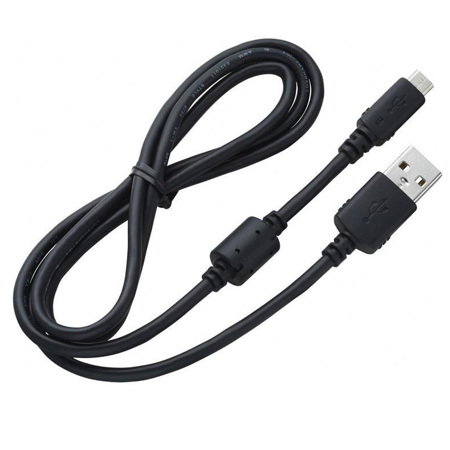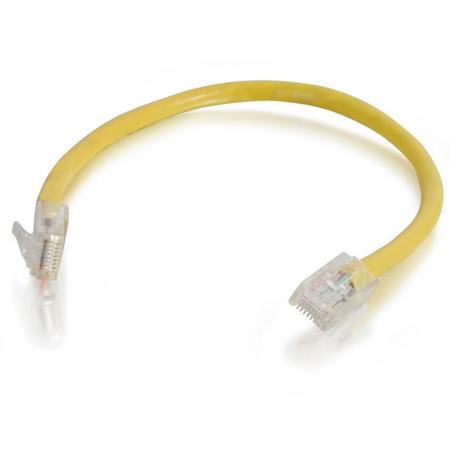Computer Networking Cables
When it comes to building a reliable and efficient network—whether for a bustling office, a creative studio, or a tech-savvy home—choosing the right computer networking cables is a foundational step. These cables are the silent workhorses behind seamless data transfers, clear video calls, and uninterrupted streaming. As autumn settles in and many households and businesses prepare for end-of-year projects or gear up for the holiday season, there’s often a renewed focus on upgrading or expanding networks. A cable for computer networking isn’t just a simple wire; it’s the backbone that connects computers, routers, switches, and other essential devices, ensuring that every bit of data travels swiftly and securely. For IT professionals, small business owners, and content creators who depend on fast, stable connections, investing in the right cable type can make all the difference—especially as network demands evolve with new devices and higher bandwidth requirements. Even students setting up dorm rooms or remote workers optimizing their home offices will find that the right networking cable can transform their daily workflow, reducing lag and maximizing productivity.
The world of computer networking cables is more diverse than it might appear at first glance. Ethernet cables, such as the familiar twisted-pair varieties, are the go-to choice for most local area networks (LANs), prized for their balance of speed, reliability, and ease of installation. Within this category, you’ll encounter different ratings like CAT5e, CAT6, and CAT8, each offering distinct advantages in terms of speed and shielding against interference. For environments with significant electromagnetic noise—think high-traffic offices with lots of electronics—shielded twisted-pair (STP) cables offer extra protection, while unshielded twisted-pair (UTP) cables are perfectly suited for quieter settings. Fiber optic cables, with their slender glass or plastic fibers, are the champions of long-distance, high-bandwidth connections. These are ideal for linking server rooms across a campus or supporting the backbone of a data center, where speed and reliability are paramount. Coaxial cables, though less common in modern LANs, still have their place in connecting to cable internet services or legacy systems. The right choice depends on your network’s layout, the distance between devices, and the specific performance needs of your applications. As you browse, consider the type of connectors required—RJ45 for Ethernet, for example—and the flexibility or durability needed for your installation, whether it’s tucking cables behind desks or running them through walls for a clean, professional look.
Networking cables also make surprisingly thoughtful gifts for tech enthusiasts, students heading off to college, or anyone upgrading their home office this season. There’s a certain satisfaction in unboxing a neatly coiled, high-quality cable, knowing it will deliver faster speeds and fewer headaches. For those setting up new gaming rigs, streaming studios, or collaborative workspaces, a dependable cable for computer networking can be the unsung hero that keeps everything running smoothly. As you explore our curated selection, you’ll find options tailored to every scenario—from compact patch cables for quick device swaps to rugged, long-distance solutions for sprawling setups. If you’re looking to dive deeper into the specifics of twisted-pair connections and their many categories, our dedicated Ethernet Cables page offers detailed insights and a focused selection. Whether you’re a seasoned network architect or just starting to build your digital ecosystem, the right cable ensures your connections are as strong as your ambitions—ready to support you through every busy season and beyond.
The world of computer networking cables is more diverse than it might appear at first glance. Ethernet cables, such as the familiar twisted-pair varieties, are the go-to choice for most local area networks (LANs), prized for their balance of speed, reliability, and ease of installation. Within this category, you’ll encounter different ratings like CAT5e, CAT6, and CAT8, each offering distinct advantages in terms of speed and shielding against interference. For environments with significant electromagnetic noise—think high-traffic offices with lots of electronics—shielded twisted-pair (STP) cables offer extra protection, while unshielded twisted-pair (UTP) cables are perfectly suited for quieter settings. Fiber optic cables, with their slender glass or plastic fibers, are the champions of long-distance, high-bandwidth connections. These are ideal for linking server rooms across a campus or supporting the backbone of a data center, where speed and reliability are paramount. Coaxial cables, though less common in modern LANs, still have their place in connecting to cable internet services or legacy systems. The right choice depends on your network’s layout, the distance between devices, and the specific performance needs of your applications. As you browse, consider the type of connectors required—RJ45 for Ethernet, for example—and the flexibility or durability needed for your installation, whether it’s tucking cables behind desks or running them through walls for a clean, professional look.
Networking cables also make surprisingly thoughtful gifts for tech enthusiasts, students heading off to college, or anyone upgrading their home office this season. There’s a certain satisfaction in unboxing a neatly coiled, high-quality cable, knowing it will deliver faster speeds and fewer headaches. For those setting up new gaming rigs, streaming studios, or collaborative workspaces, a dependable cable for computer networking can be the unsung hero that keeps everything running smoothly. As you explore our curated selection, you’ll find options tailored to every scenario—from compact patch cables for quick device swaps to rugged, long-distance solutions for sprawling setups. If you’re looking to dive deeper into the specifics of twisted-pair connections and their many categories, our dedicated Ethernet Cables page offers detailed insights and a focused selection. Whether you’re a seasoned network architect or just starting to build your digital ecosystem, the right cable ensures your connections are as strong as your ambitions—ready to support you through every busy season and beyond.
